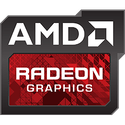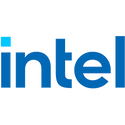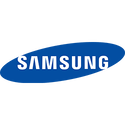
Ubisoft Creates New Subsidiary With Tencent for Top 3 AAA Game Franchises
After many rumors and supposed leaks claimed that Tencent was preparing a buyout of Ubisoft, it seems as though an alternative solution was reached, with Ubisoft today announcing that it has created a new subsidiary to house some of its biggest gaming franchises. According to the announcement, the new business entity is "based on its Assassin's Creed, Far Cry, and Tom Clancy's Rainbow Six brands," and it received initial funding from Tencent, which owns a 25% stake in the new business. Tencent's investment in the new subsidiary is to the tune of €1.16 billion.
The announcement also gives us an indication of what to expect from these game franchises going forward. For starters, Ubisoft mentions that the new subsidiary—and likely the capital injection from the Tencent investment—is part of a new business model that would allow it to invest more in increasing the quality of its creative outputs. Supposedly, it will focus on quality story-driven solo games and growing its multiplayer offerings with more frequent content updates, more social features, and introducing "free-to-play touchpoints." The acquisition comes after a series of delays marred the lead-up to the launch of the latest Assassin's Creed Shadows, which ultimately seems to have been a commercial success. In keeping with other trends, Ubisoft mentions in the press release that the move to split off these gaming IPs will also help accelerate its recent moves to make these gaming franchises multi-platform. Recently, Ubisoft has repeatedly stated that its strategy moving forward would include more multi-platform day-one launches, as opposed to console exclusives and timed exclusives.
The announcement also gives us an indication of what to expect from these game franchises going forward. For starters, Ubisoft mentions that the new subsidiary—and likely the capital injection from the Tencent investment—is part of a new business model that would allow it to invest more in increasing the quality of its creative outputs. Supposedly, it will focus on quality story-driven solo games and growing its multiplayer offerings with more frequent content updates, more social features, and introducing "free-to-play touchpoints." The acquisition comes after a series of delays marred the lead-up to the launch of the latest Assassin's Creed Shadows, which ultimately seems to have been a commercial success. In keeping with other trends, Ubisoft mentions in the press release that the move to split off these gaming IPs will also help accelerate its recent moves to make these gaming franchises multi-platform. Recently, Ubisoft has repeatedly stated that its strategy moving forward would include more multi-platform day-one launches, as opposed to console exclusives and timed exclusives.

































































